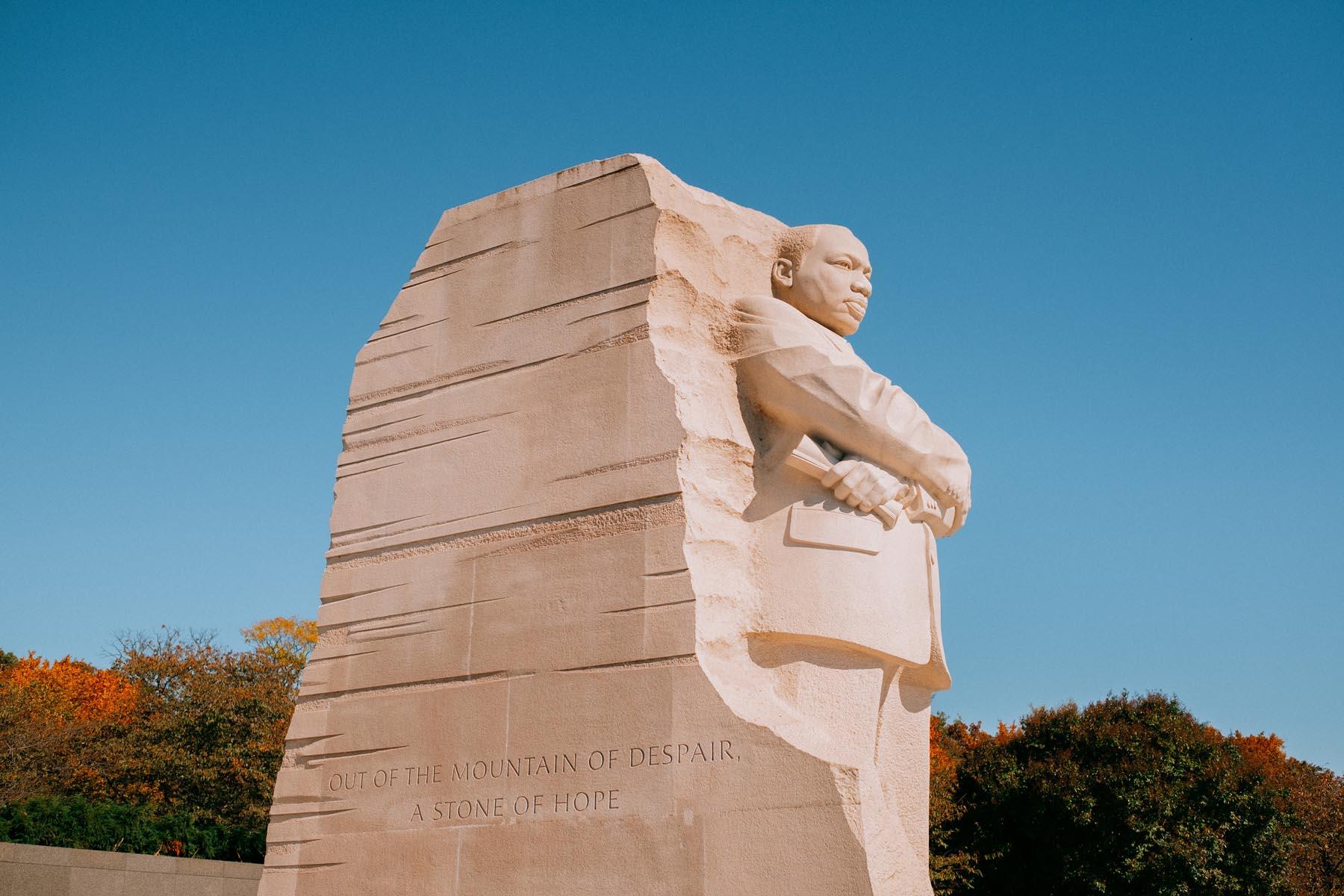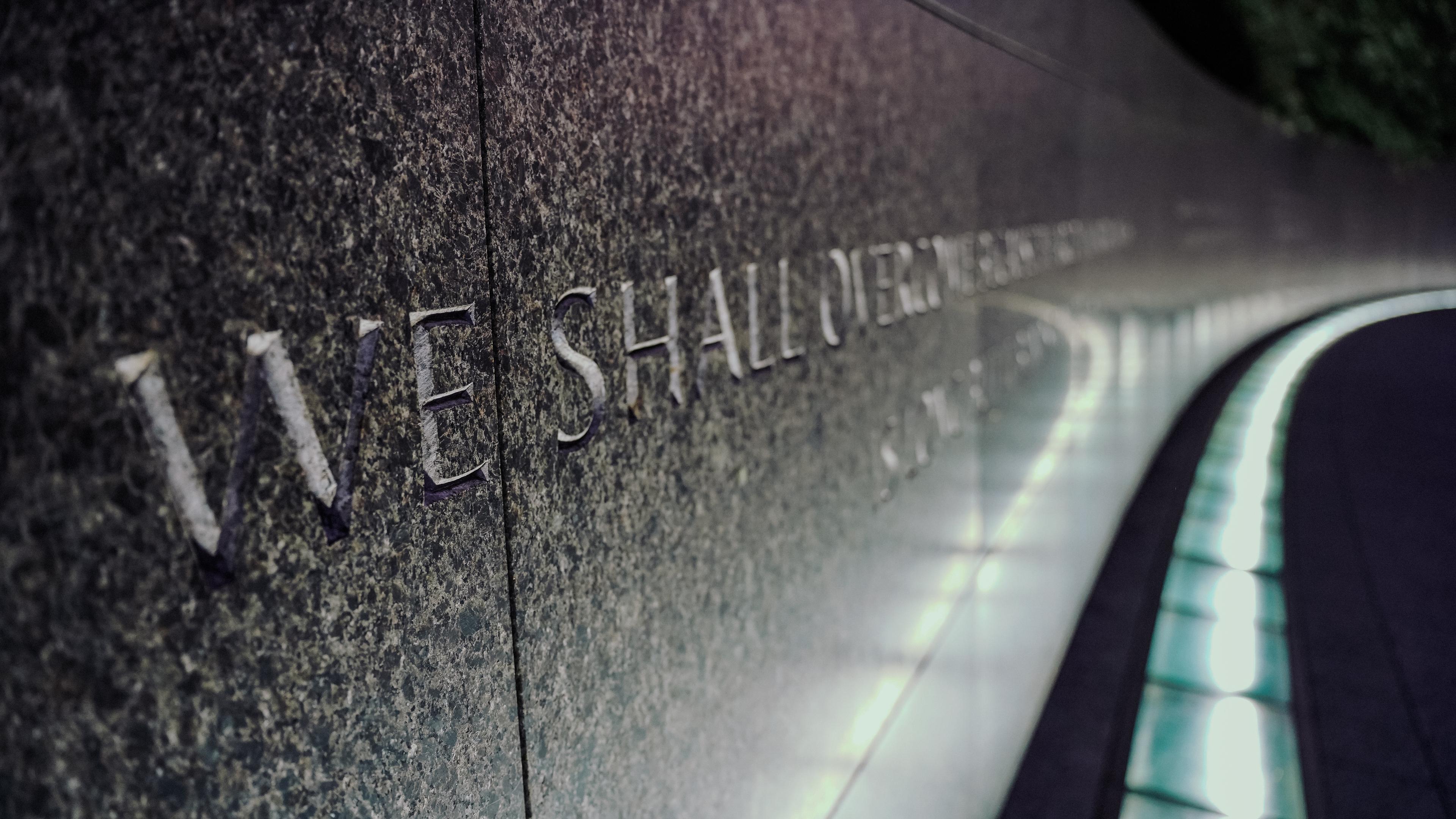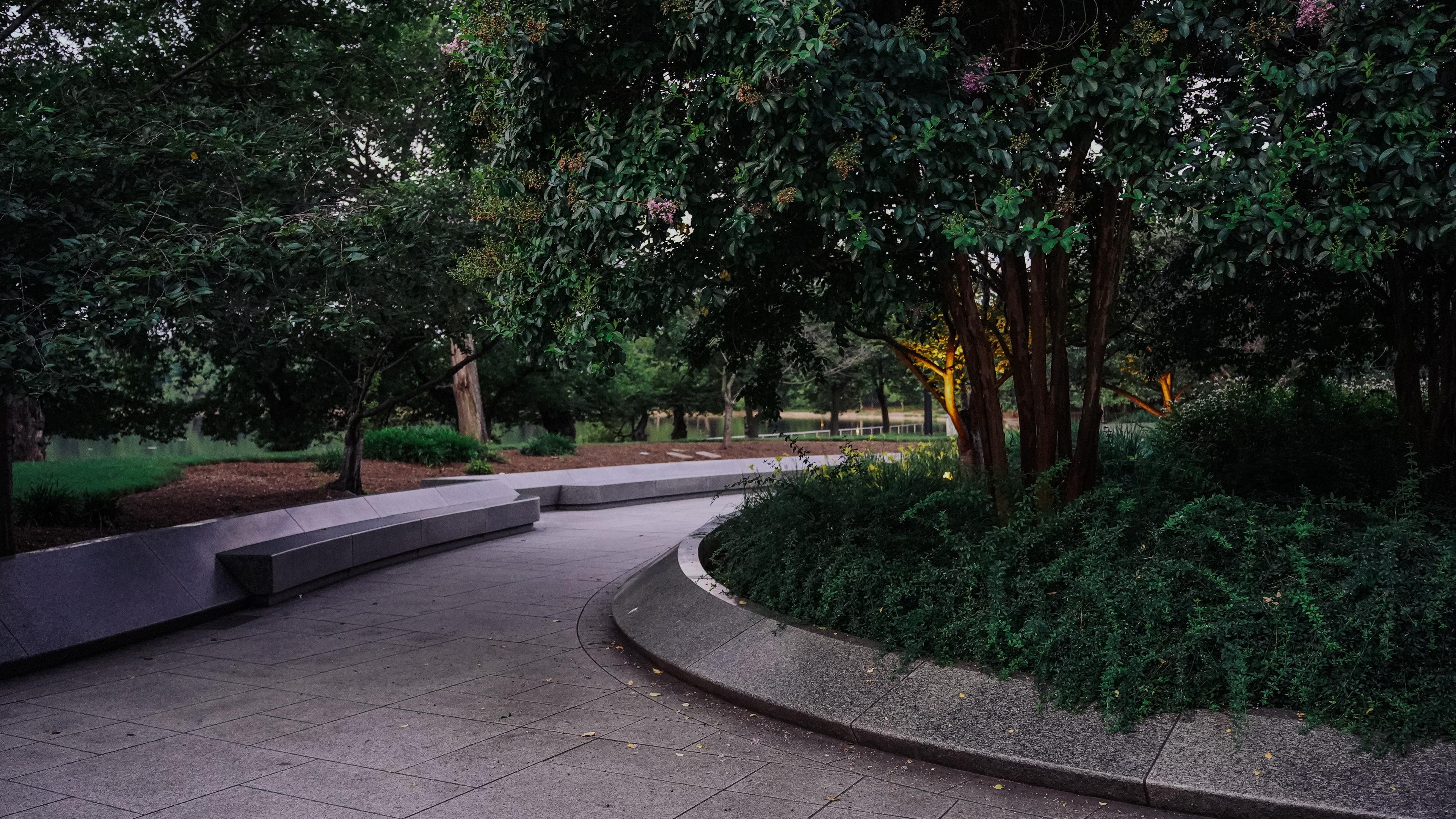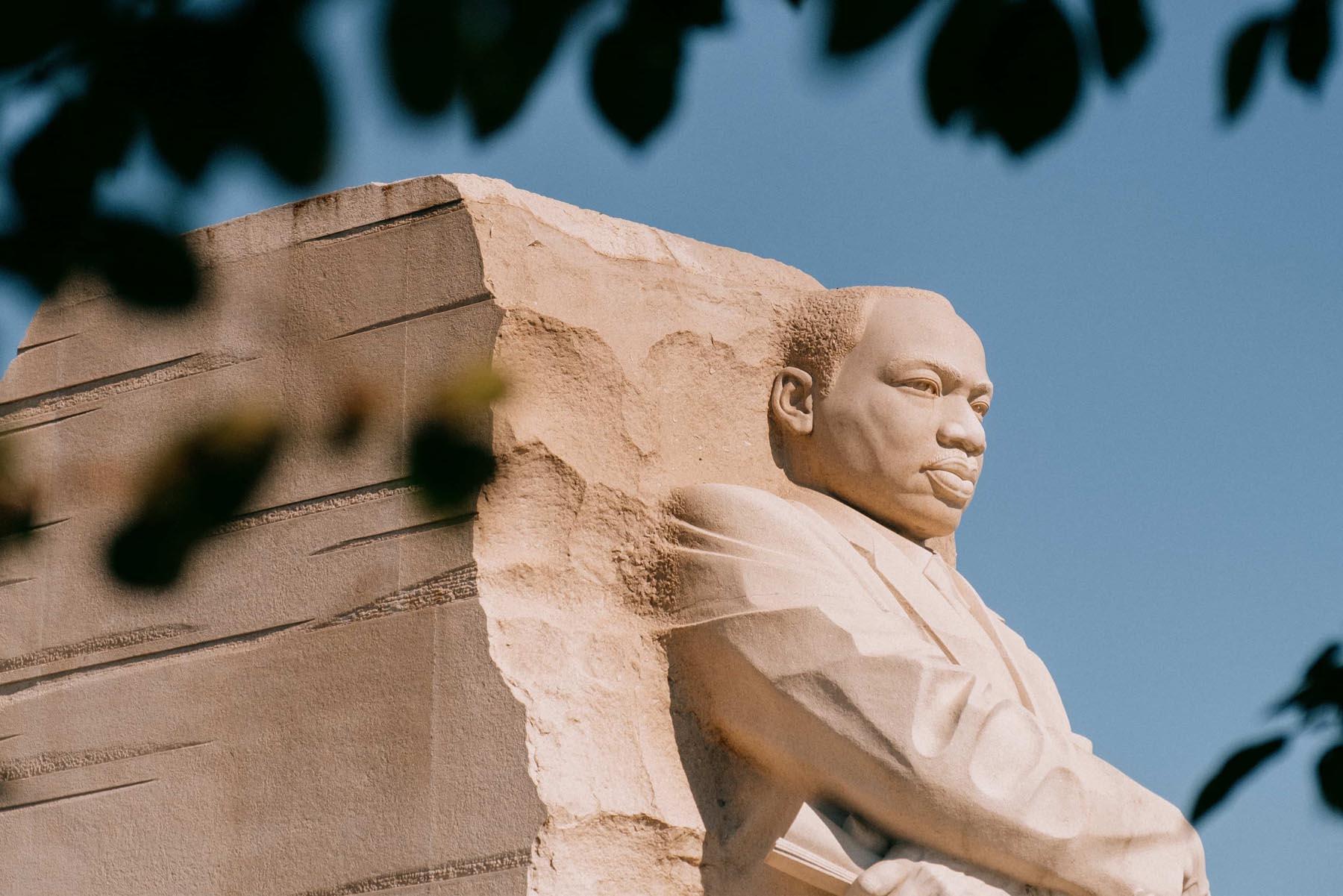
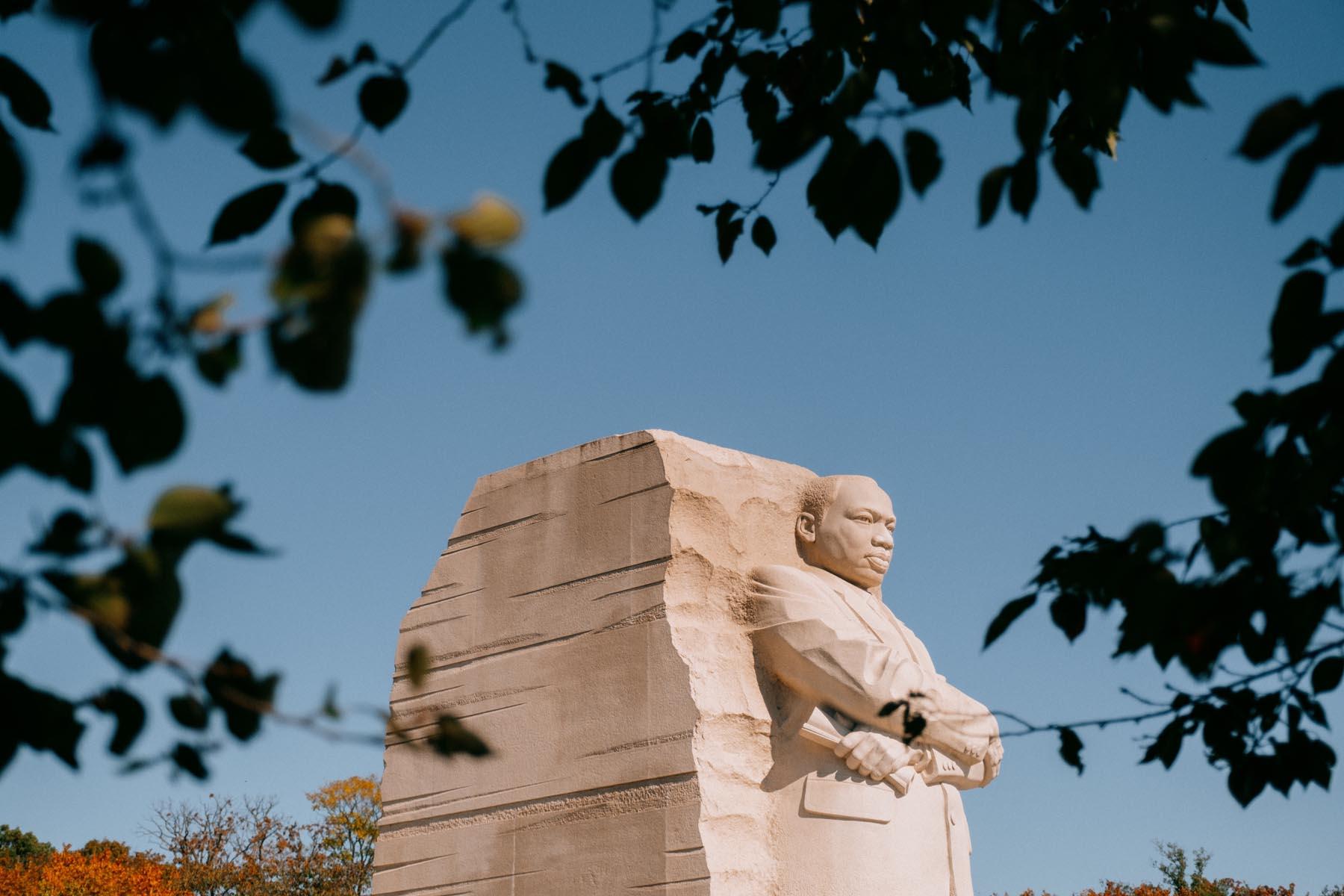
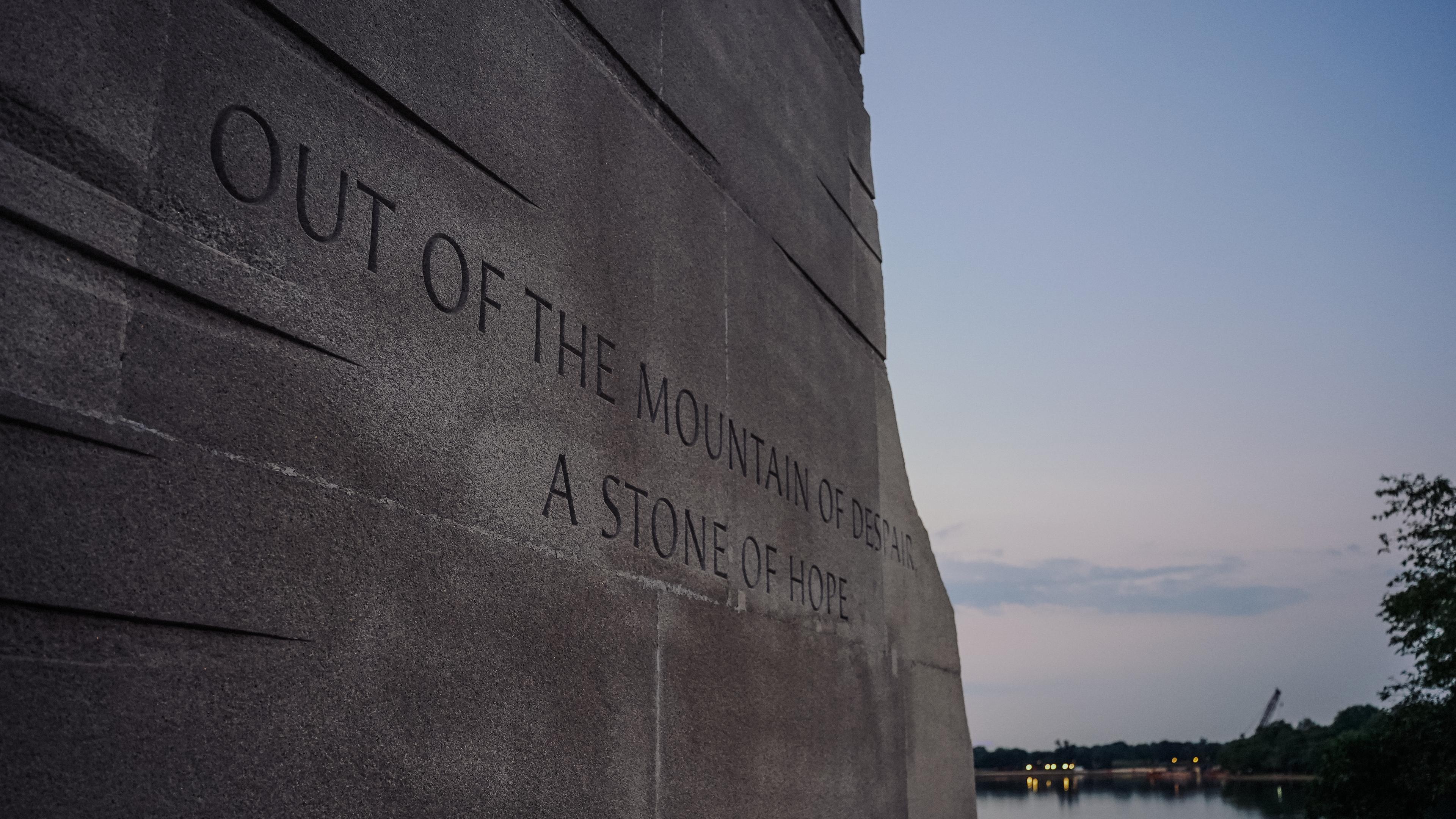
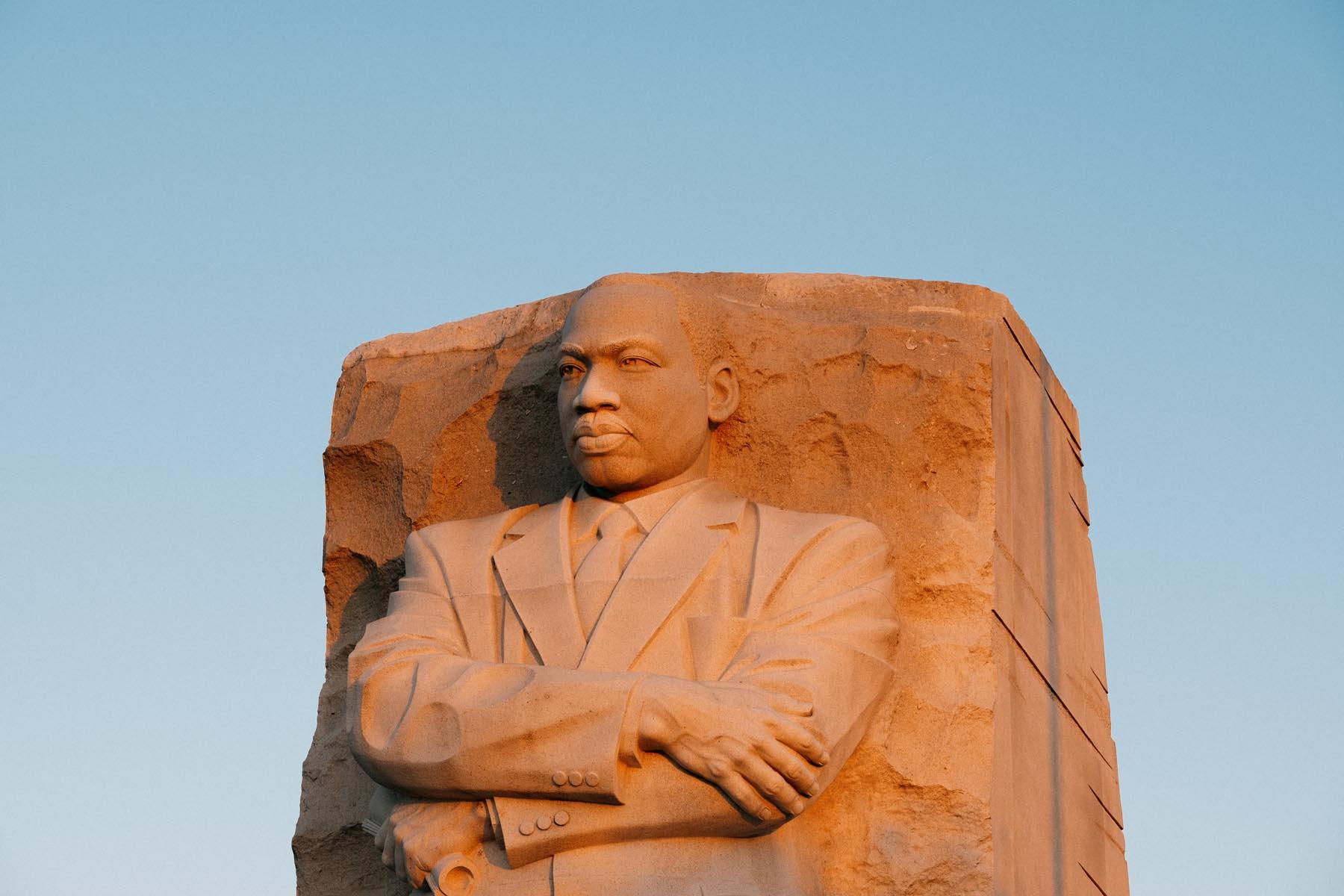
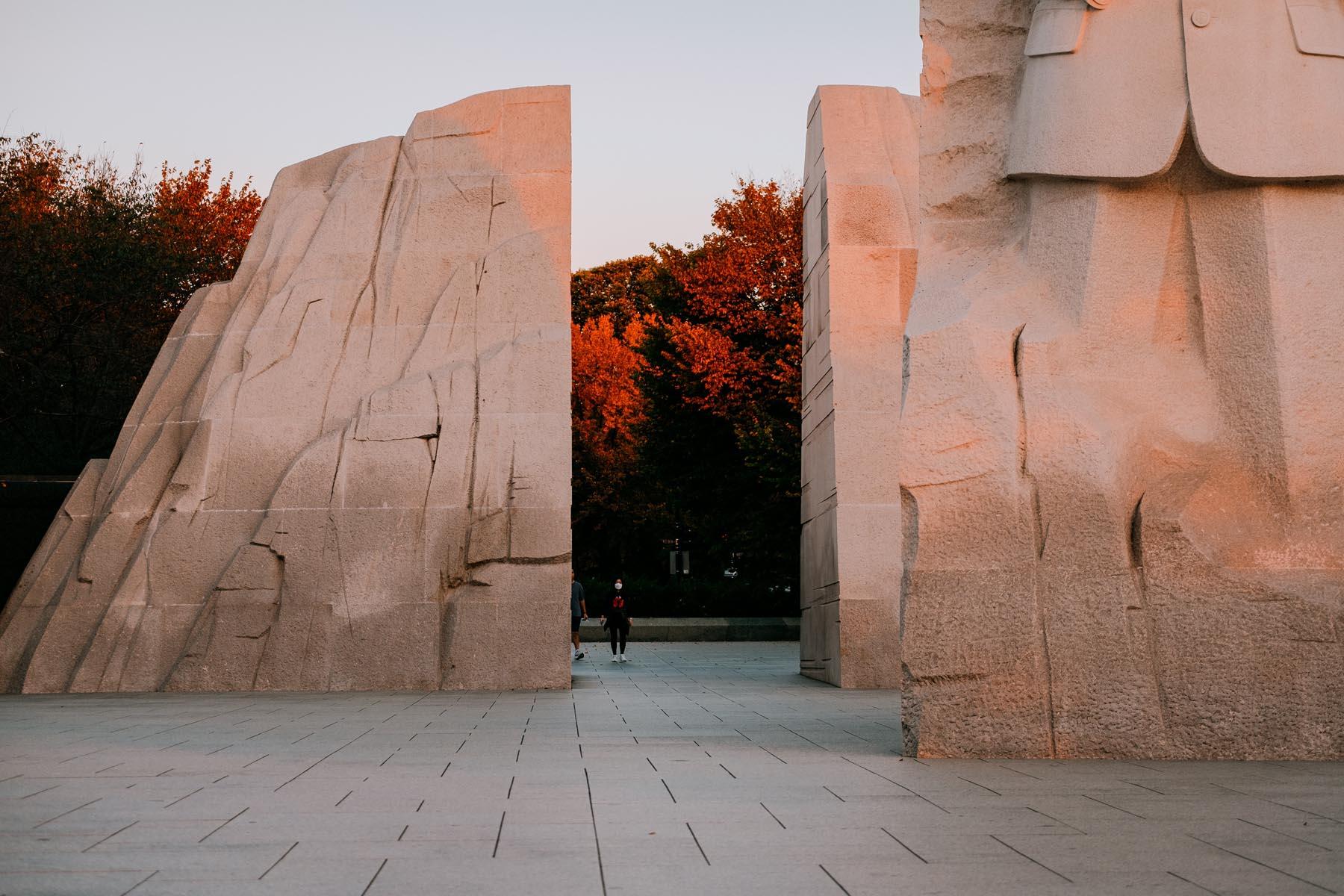
Martin Luther King, Jr. Memorial
1964 Independence Ave SW, Washington, DC 20004
Amenities
- Wheelchair accessible
- Open 24 hours
- Gift shop — 10:00AM–6:00PM
- Restrooms — Available at the MLK Jr. Memorial Bookstore, 8:00AM–6:00PM
During the government shutdown, open-air Memorials will generally remain accessible to visitors. Restrooms, bookstores, gift shops, and information kiosk services may be suspended. For more information, please visit: doi.gov/shutdown.
There are several multi-year construction projects ongoing around the Tidal Basin. While visiting the Memorial is not impacted, Ohio Drive SW and the Potomac Heritage Trail are closed for vehicle, bicycle, and pedestrian access between Independence Avenue SW and West Potomac Park Drive SW.
The Martin Luther King, Jr. Memorial in Washington, D.C. honors the legacy of the renowned civil rights activist and preacher.
Dr. Martin Luther King Jr. was a prominent leader in the American Civil Rights Movement, known for his advocacy of non-violent social change. Born on January 15, 1929, in Atlanta, Georgia, he was deeply influenced by his family's religious background and the African American Baptist church. King played a pivotal role in significant events such as the Montgomery Bus Boycott and the March on Washington, where he delivered his famous “I Have a Dream” speech. He was awarded the Nobel Peace Prize in 1964 and remained a symbol of the struggle for civil rights until his assassination in 1968.
The Memorial is on a four-acre site in West Potomac Park, symbolically between the Lincoln and Jefferson Memorials. It features the “Stone of Hope,” a twenty-eight-foot statue of Dr. King emerging from a “Mountain of Despair.” The Memorial also includes 182 cherry trees, which bloom around the anniversary of Dr. King's assassination. The site aims to inspire visitors with themes of justice, peace, and righteousness, reflecting Dr. King's vision and speeches.

Take a virtual stroll through this National Mall site
History
Timeline of events
MLK is born as Martin King Jr. in Atlanta, Georgia.
King graduates from Morehouse College with a Bachelor of Arts degree in Sociology.
King graduates from Crozer Theological Seminary with a Bachelor of Divinity degree.
King becomes a member of Alpha Phi Alpha Fraternity at Boston University.
King marries Coretta Scott in Marion, Alabama.
King receives his PhD in systematic theology from Boston University.
King is elected president of the Montgomery Improvement Association, leading the Montgomery Bus Boycott.
King officially changes his name to Martin Luther.
King delivers his famous "I Have a Dream" speech during the March on Washington.
King is awarded the Nobel Peace Prize.
King is assassinated in Memphis, Tennessee.
President Bill Clinton signs legislation authorizing the MLK Memorial.
The National Capital Planning Commission approves the Tidal Basin site for the memorial.
ROMA Design Group's design is selected for the memorial.
A plaque is dedicated at the center of the memorial site.
The MLK Memorial is officially dedicated and marked by the burial of a time capsule.
The public dedication ceremony is held as it was initially postponed due to Hurricane Irene.
Key Features
The Martin Luther King, Jr. Memorial is intended to be a place of reflection and inspiration, honoring Dr. King's legacy, and his contributions to civil rights. As such, the design emphasizes themes of justice, democracy, and hope through natural elements like stone, water, and trees.
Cultural Impact
The Martin Luther King, Jr. Memorial serves as a powerful symbol of justice, democracy, and hope. The Memorial's design, which incorporates elements like the Stone of Hope and the Mountain of Despair, reflects Dr. King's enduring legacy and his contributions to the Civil Rights Movement.
It engages visitors on multiple sensory levels—using water, stone, and light to evoke the spirit of Dr. King's message. The Memorial not only honors Dr. King's achievements but also inspires visitors to commit to positive change and active citizenship, reinforcing the importance of his ideals in contemporary society.
Reflection Questions
High school learners: Our nation’s past is complex and often provokes reflection, especially as we look to the future. Here are a few questions to inspire deeper thinking:
- How does the design of the memorial reflect Dr. King's legacy?
- What impact did Dr. King's “I Have a Dream” speech have on American society?
- How can we continue to honor Dr. King's message of justice and equality today?
Educational Activities
Other Resources
Interested in learning more? The following links will provide you with additional context and information:
